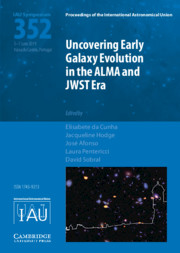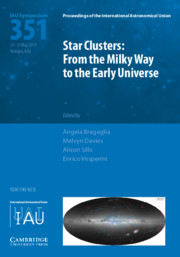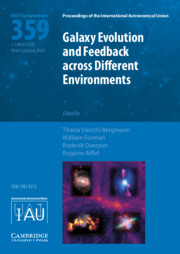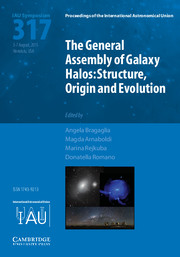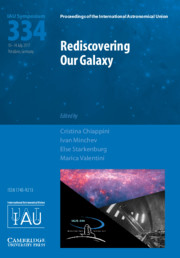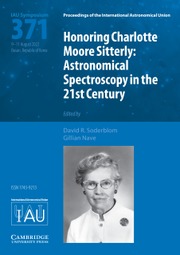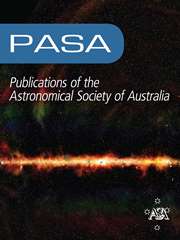Uncovering Early Galaxy Evolution in the ALMA and JWST Era (IAU S352)
The first three billion years of cosmic time were the prime epoch of galaxy formation. Characterising galaxies at this epoch is therefore crucial to achieving a major goal of modern astrophysics: to understand how galaxies such as our Milky Way emerged from the primordial density fluctuations in the early Universe and how they evolved through cosmic time. Recent major international investments in observing facilities such as the Atacama Large Millimetre Array (ALMA) and the James Webb Space Telescope (JWST) promise to provide the next leap in our understanding of this topic. This volume gathers the scientific contributions to the International Astronomical Union Symposium 352, which was devoted to this topic. The community of theoretical and observational experts discuss how we can make the most of ALMA and JWST synergies in advancing our understanding of galaxy evolution in the young Universe.
- Focuses on new results from the Atacama Large Millimetre Array (ALMA) and preparation for new research synergies with the soon-to-be-launched James Webb Space Telescope (JWST)
- Includes current state of the art of detections of the faintest, most distant early galaxies
- Provides updates on the state of theoretical early galaxy formation models, which make predictions on the properties of galaxies in the epoch of reionization
Product details
August 2020Hardback
9781108492133
386 pages
255 × 182 × 19 mm
0.77kg
Available
Table of Contents
- Part 1. Epoch of reionization
- Part 2. Theoretical models and simulations
- Part 3. Spectral energy distribution models
- Part 4. Massive galaxy assembly, and the effects of AGN and environment
- Part 5. The interstellar medium of high-redshift galaxies
- Part 6. Spatially-resolved analyses of z>2 galaxies
- Part 7. Lessons from local galaxies and high-z analogues
- Part 8. Synergies with other facilities & future outlook.

